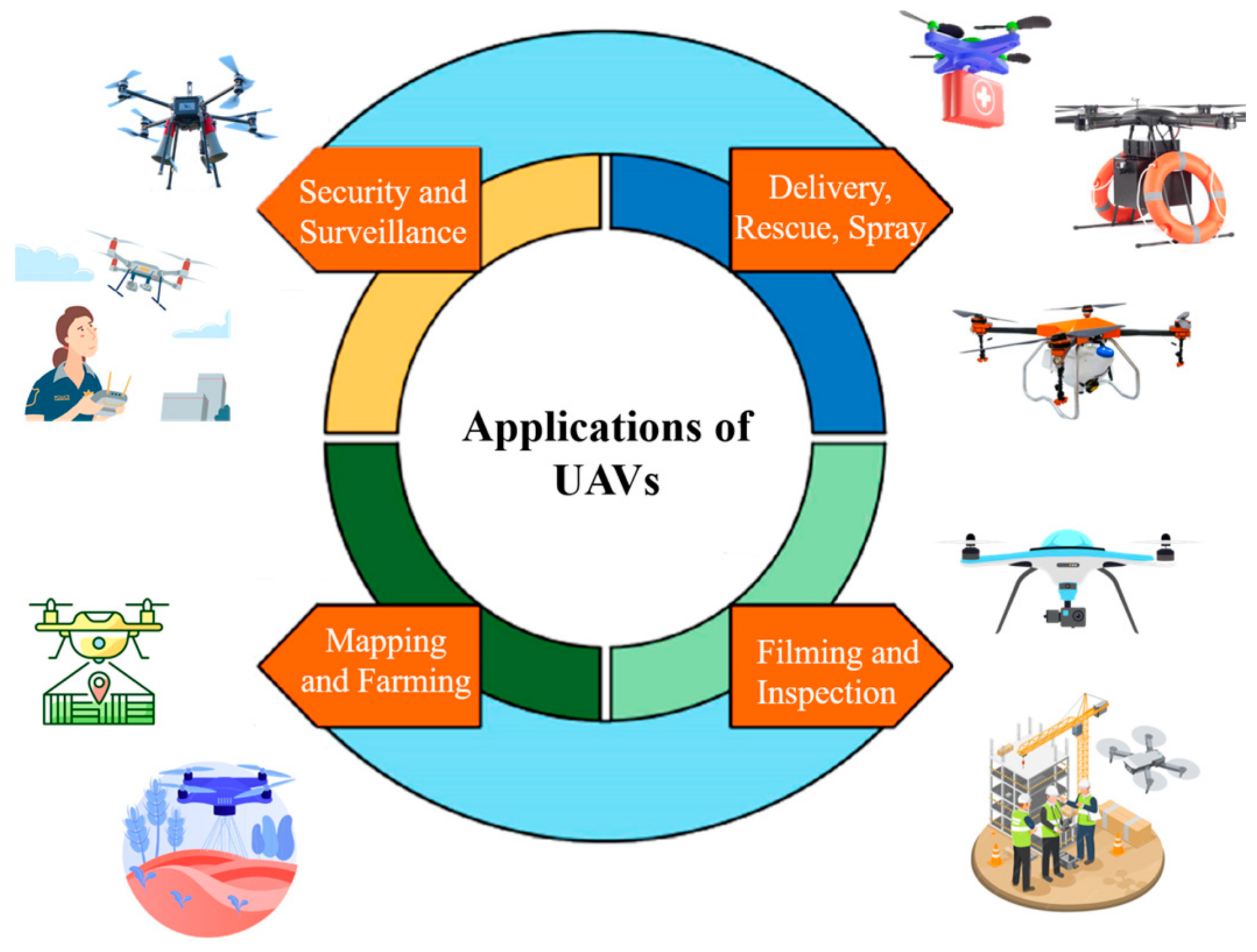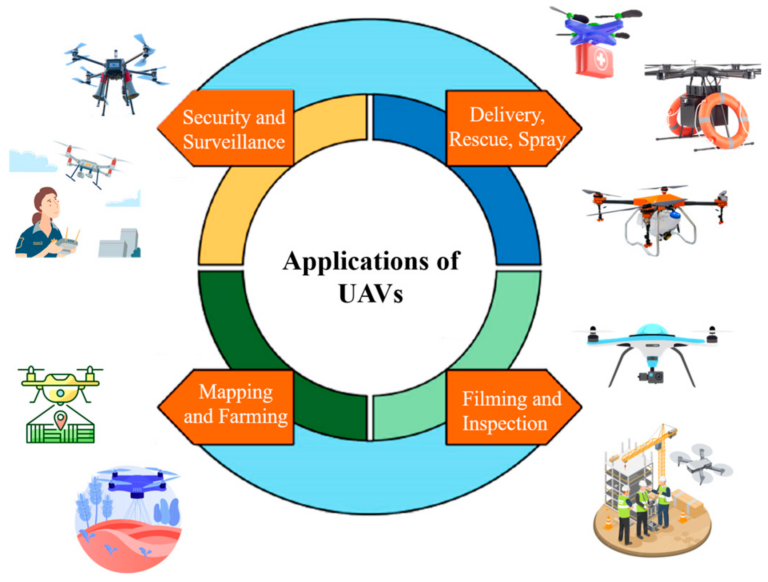Previous post
The applications of Drones in Healthcare

The application of rescue drone project in flood control and disaster relief
- Post date: 18 Mar, 2024
- 152 Views
- 0 Comments


In flood disasters rescue project, drones have played a huge role due to their fast, accurate, and all-weather advantages, making flood control work more efficient. UAVs can transmit high-definition pictures and videos of disaster scenes back to the command center. If a person is trapped, the drone can carry out search and positioning through the equipped equipment, coupled with equipment with night vision function, it can realize all-weather rescue, and can also accurately deliver materials to the trapped people.
Air patrol
UAVs are equipped with ultra-clear PTZ cameras and infrared thermal imaging cameras for all-weather and all-weather target monitoring, early warning and tracking, and can find long-distance targets and coordinate real-time calculation and positioning, and can quickly travel through mountainous areas, rivers, etc. In serious dangerous places where it is difficult for people to enter and exit, quickly
Quickly transmit the on-site audio, video and related data information to the flood control command center with the satellite communication system, track the development trend of the incident, and provide the flood control command center for judgment and decision-making.
Coordinated search and rescue
The UAV is not restricted by ground and underwater obstacles, reducing the risk of assault boats searching for distress. In the rescue, for places where manpower cannot immediately reach the rescue, the use of drones can carry life-saving equipment or disaster relief supplies for visual delivery, and can return images to the headquarters in real time to achieve accurate emergency relief supplies or rescue equipment. To buy time for trapped people to wait for rescue.
Search and rescue call
During the search process, once a trapped person is found, the megaphone can be used to guide and appease the trapped person, improve the survival belief of the trapped person, guide them to make correct actions to cooperate with the rescue, and improve the success rate and efficiency of rescue. If other emergencies are found, the ground can also be alerted.
Emergency lighting
When using drones to search and rescue trapped people at night, it can also carry searchlights to provide guidance and auxiliary lighting for rescuers. It is not limited by terrain and provides mobile light sources; when dangerous situations such as pipe surges and embankments are found at night, temporary construction of transmission lines Low efficiency, special areas are restricted by terrain, ground
The light source is limited, and the drone can be used to carry lighting equipment to provide high-altitude emergency light sources for rescue personnel.
Throwing materials
Quickly and accurately put it into the hands of the trapped people, improve the survival probability of the trapped people, and buy more time for rescue.
Emergency communication
With the continuous development of technologies such as 5G, AI, and sensors, the functions of UAVs are increasingly enhanced, and applications continue to expand and deepen. The emergence of various industrial-grade UAVs has brought new strategies for emergency communication support. On the one hand, using drones, people can inspect and deal with damaged communication facilities in a wider range from the air, which can not only improve the efficiency and accuracy of traditional communication maintenance, but also reduce the dependence and cost on manpower .
More and more drones have appeared in rescue activities, which proves that the application field of drones is very broad. The use of drones has greatly improved the efficiency of flood fighting and rescue work, increased the safety of personnel and the accuracy of information, and provided the fastest and most detailed information for flood fighting and rescue work.
UAVs participating in search and rescue activities must have long-range, long-distance, heavy load, and large-scale high-altitude patrol capabilities, which put forward higher requirements for the power system of UAVs.
